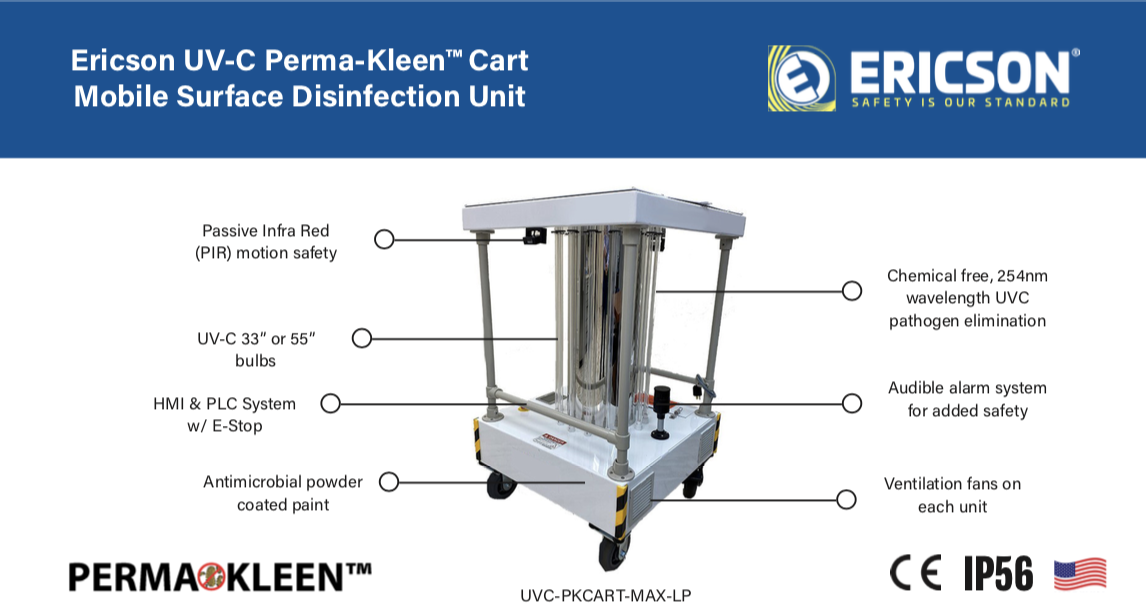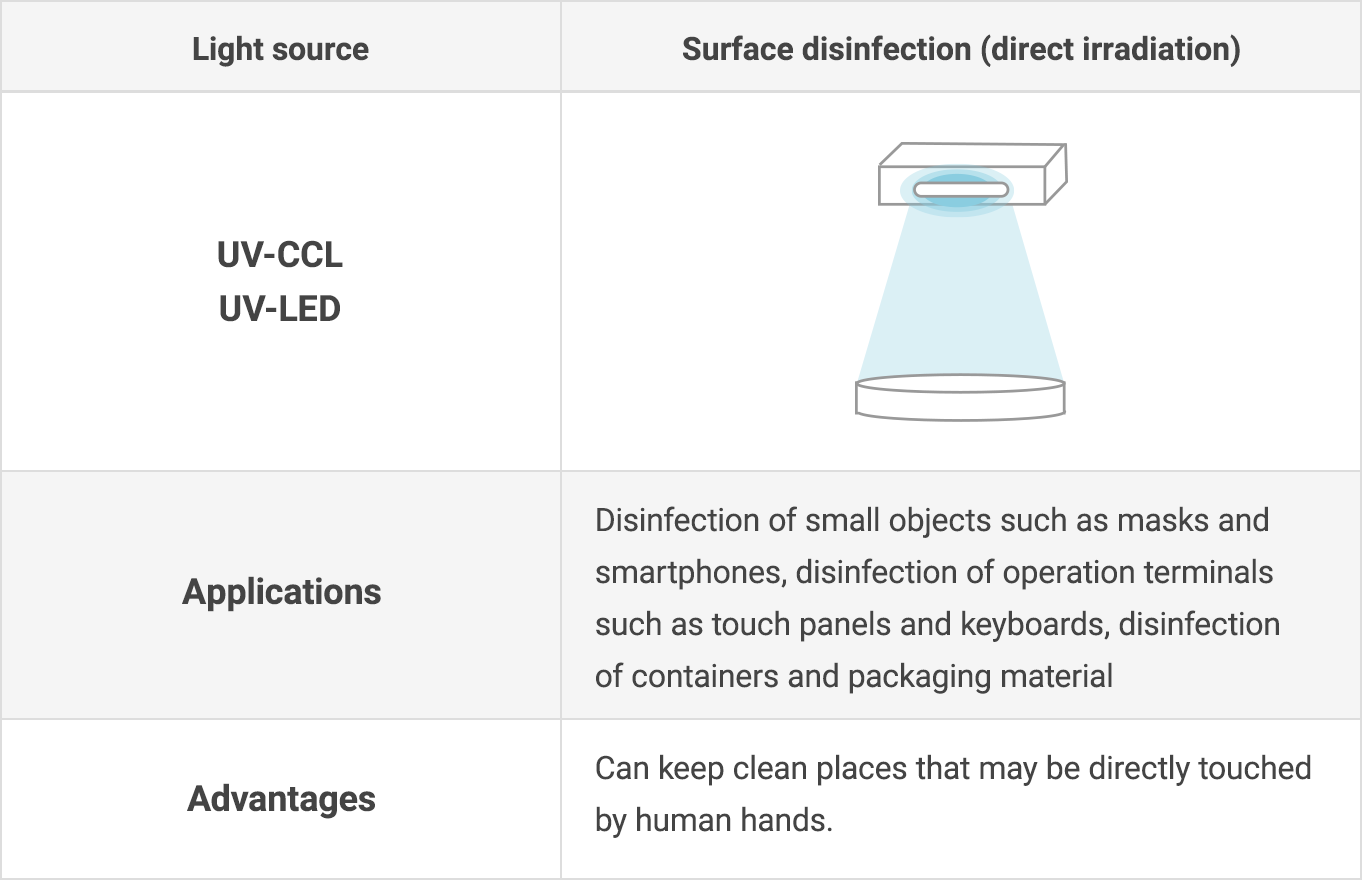UV Surface Disinfection Techniques: Making Best Use Of Efficiency for Germ-Free Spaces
UV Surface Disinfection Techniques: Making Best Use Of Efficiency for Germ-Free Spaces
Blog Article
Checking Out UV Disinfection: An Important Tool in the Fight Versus Unsafe Pathogens
As the globe deals with an ever-increasing hazard from dangerous microorganisms, the look for reliable approaches of sanitation has actually become an immediate top priority. While traditional cleansing approaches have actually revealed some success, there is a growing acknowledgment that we need to check out cutting-edge approaches to fight these unnoticeable opponents. One such technique that has garnered considerable interest is UV sanitation. Harnessing the power of ultraviolet light, this innovation has actually demonstrated appealing lead to getting rid of a variety of microorganisms. Yet exactly how does it work? What are the advantages? And where can it be applied? In this discussion, we will certainly explore the globe of UV sanitation, uncovering its possible as an important device in the battle against dangerous virus.
Exactly How Does UV Sanitation Work?
UV disinfection works by utilizing ultraviolet (UV) light to remove unsafe microorganisms and avoid their spread. This extremely reliable technique includes using UV radiation to interrupt the DNA and RNA of bacteria, making them not able to duplicate and triggering their ultimate devastation.
When UV light is made use of for sanitation, it is typically produced from a light or light bulb that produces a particular wavelength of UV-C light. uv surface disinfection. This wavelength, ranging from 200 to 280 nanometers, is specifically reliable at penetrating the outer cell wall of bacteria, infections, and other bacteria. As soon as inside the cell, the UV radiation targets and harms the hereditary product, preventing the microbe from creating and replicating infection
UV sanitation systems are designed to emit the ideal intensity and duration of UV light to ensure efficient pathogen removal. The dosage of UV light required for sanitation relies on factors such as the kind of bacterium, its resistance to UV radiation, and the certain application. Additionally, the system has to be meticulously engineered to make certain proper direct exposure of the target virus and to avoid any kind of possible injury to humans or the atmosphere.
The Benefits of UV Disinfection
UV sanitation uses a plethora of advantages in effectively removing damaging pathogens and decreasing the risk of infection. One of the key benefits of UV sanitation is its ability to supply a environmentally friendly and chemical-free solution. Unlike traditional sanitation techniques that count on chemicals, UV disinfection uses ultraviolet light to destroy the DNA and RNA of bacteria, providing them unable to replicate and cause infections. This chemical-free strategy makes sure that no damaging residues are left behind, removing any potential health risks connected with chemical anti-bacterials.
One more significant advantage of UV sanitation is its efficiency in eliminating a large range of microorganisms. UV light has been proven to effectively eliminate bacteria, infections, fungis, and protozoa, including those that are immune to typical disinfectants. This broad-spectrum performance makes UV disinfection a flexible tool in different setups, such as healthcare facilities, water treatment plants, and food processing industries.
In enhancement to its efficiency, UV sanitation likewise provides rapid sanitation cycles. Unlike other techniques that need prolonged call times or repeated applications, UV disinfection can attain considerable pathogen decrease in a matter of seconds. This effective and quick process permits for improved efficiency, reduced downtime, and enhanced overall operational efficiency.
In addition, UV sanitation is a non-contact approach, which suggests that it does not need straight physical call with the objects or surface areas being sanitized. This attribute makes it appropriate for usage on delicate equipment and sensitive materials that may be damaged or influenced by other disinfection methods.
Applications of UV Sanitation in Health Care

UV sanitation is also important site used in the sterilization of clinical tools and instruments (uv surface disinfection). The high intensity of UV light can effectively eliminate bacteria, viruses, and other microorganisms, guaranteeing that clinical tools are totally free and risk-free from impurities. In addition, UV disinfection is made use of in water therapy systems within healthcare centers. UV light can inactivating damaging bacteria, infections, and bloodsuckers, making the water risk-free for intake and minimizing the danger of waterborne infections.
Additionally, UV sanitation technology is employed in the disinfection of healthcare attires and individual protective tools (PPE) By using UV light, healthcare experts can make sure that their attires and PPE are without virus, avoiding the transmission of infections in between individuals and medical care employees.
UV Sanitation in Public Spaces
Public spaces are increasingly executing UV disinfection innovation as an essential procedure to fight the spread of harmful microorganisms. With the continuous international pandemic and the constant threat of infectious diseases, the demand for efficient sanitation methods in public locations has actually come to be vital. UV sanitation provides a dependable and effective remedy hereof.

UV disinfection systems make use of ultraviolet light to shut off the DNA and RNA of bacteria, viruses, and other pathogens. This process disrupts look these up their capability to duplicate and render them safe. These systems can be installed in numerous public spaces, consisting of a/c systems, escalators, lifts, and surface disinfection robots. Using UV sanitation modern technology in public spaces not only helps in reducing the danger of infection however likewise imparts confidence among the public concerning their safety and security.
As public areas proceed to adjust to the challenges presented by transmittable conditions, UV disinfection technology plays an essential function in guaranteeing a risk-free and tidy environment. By carrying out such actions, public rooms can effectively minimize the spread of dangerous visit this page pathogens and add to the general wellness of the community.
The Future of UV Sanitation Innovation
As the need for enhanced sanitation approaches proceeds to expand in response to the continuous global pandemic and the consistent hazard of infectious illness, the future of UV disinfection innovation holds appealing improvements in making sure a lot more efficient and reliable virus removal in numerous setups.

One location of advancement is the growth of even more portable and compact UV sanitation devices. These tools would certainly permit for much easier and extra flexible release in a selection of settings, such as workplaces, schools, and transportation systems. Furthermore, innovations in automation and robotics are being discovered to improve the effectiveness and performance of UV sanitation procedures. This consists of the usage of autonomous robotics outfitted with UV-C lights to navigate and decontaminate huge locations rapidly and accurately.
An additional area of expedition is the use of UV disinfection in air purification systems. By incorporating UV-C lights into a/c systems, air-borne pathogens can be effectively counteracted, reducing the threat of transmission in interior settings.
In addition, researchers are exploring using UV disinfection in food handling facilities to ensure the security and top quality of foodstuff. UV-C light has actually been located to be effective in eliminating foodborne virus, supplying a chemical-free alternative to standard sanitation approaches.
Verdict
In verdict, UV sanitation is a necessary device in the battle versus unsafe virus. With its capacity to provide a chemical-free and environmentally pleasant approach of disinfection, UV modern technology holds great potential for the future.
UV disinfection systems are created to emit the proper intensity and duration of UV light to make certain effective virus removal. The dosage of UV light required for sanitation depends on elements such as the type of microorganism, its resistance to UV radiation, and the certain application. Unlike conventional sanitation approaches that count on chemicals, UV sanitation uses ultraviolet light to destroy the DNA and RNA of microorganisms, providing them not able to duplicate and trigger infections.In addition to its efficacy, UV sanitation additionally offers fast disinfection cycles. One of the primary applications of UV sanitation in medical care is in the sanitation of patient spaces and running movie theaters.
Report this page